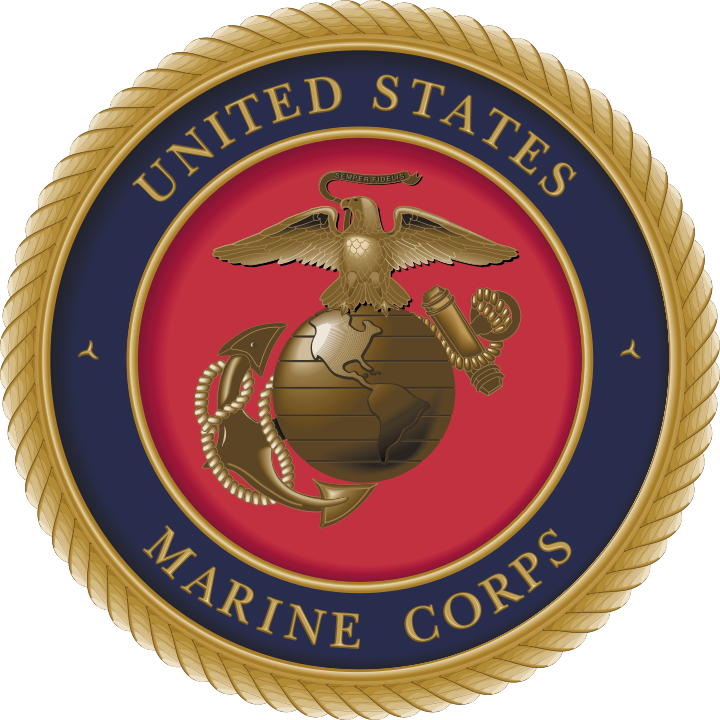ABOUT cfao
- Origins: The Canadian Forces Ammunition Depot (CFAD) and Canadian Forces Ammunition Organization (CFAO) are often confused. CFAO more commonly refers to the Canadian Forces Administrative Orders, a set of significant policy directives.
- Policy Backbone: The CFAOs were the primary administrative regulations for the Canadian Forces from the 1960s until the late 1990s and early 2000s, covering everything from dress code to disciplinary actions.
- Unification Link: The CFAOs were introduced as part of the unification of the Canadian Armed Forces in 1968, streamlining administration across the Army, Navy, and Air Force.
- Living Document: The CFAOs were regularly updated and amended, reflecting changes in military law, social norms, and operational needs.
- Supersession: Many CFAOs have since been replaced by the Defence Administrative Orders and Directives (DAODs), but several CFAOs are still referenced for legacy policies.
- Secret Codes: Certain CFAOs were classified or restricted, providing guidance on sensitive matters such as intelligence, security, or nuclear protocols.
- Women in the Forces: CFAO 19-20 was a landmark order that paved the way for the full integration of women into the Canadian Armed Forces, including in combat roles.
- Dress and Deportment: The famous CFAO 17-3 regulated military dress, grooming, and ceremonial appearance, and was often referenced by service members for uniform standards.
- Disciplinary Precedents: Many military court decisions referenced CFAOs to interpret correct procedures for courts-martial, grievances, and administrative actions.
- Historical Archive: Today, the CFAOs serve as a valuable historical archive, offering insight into the evolution of Canadian military culture, policy, and law over five decades.

